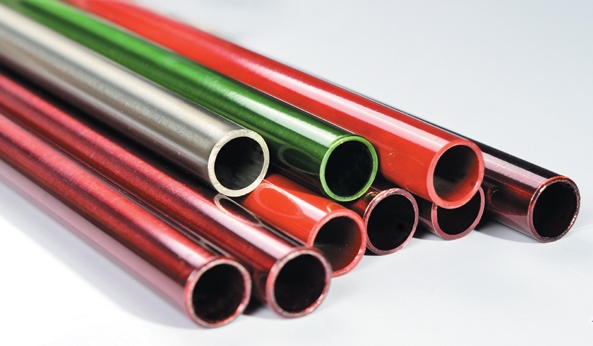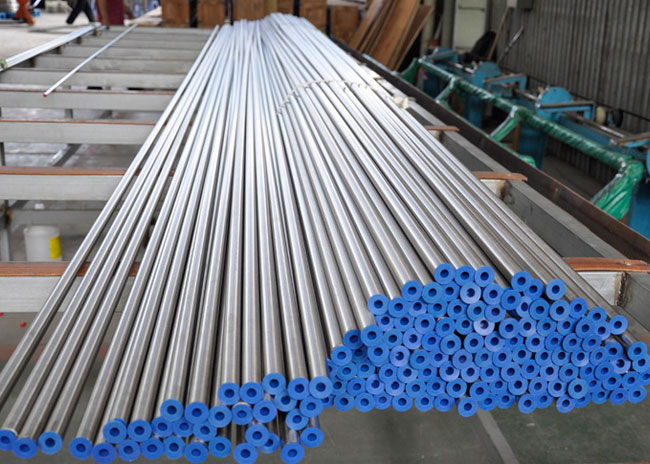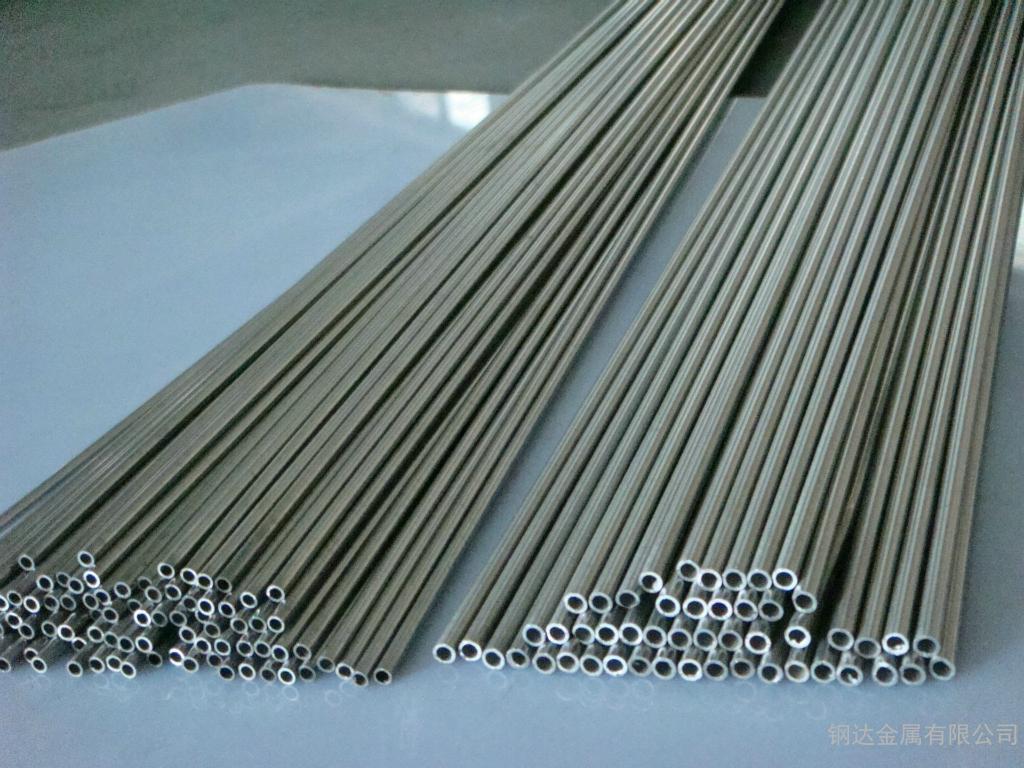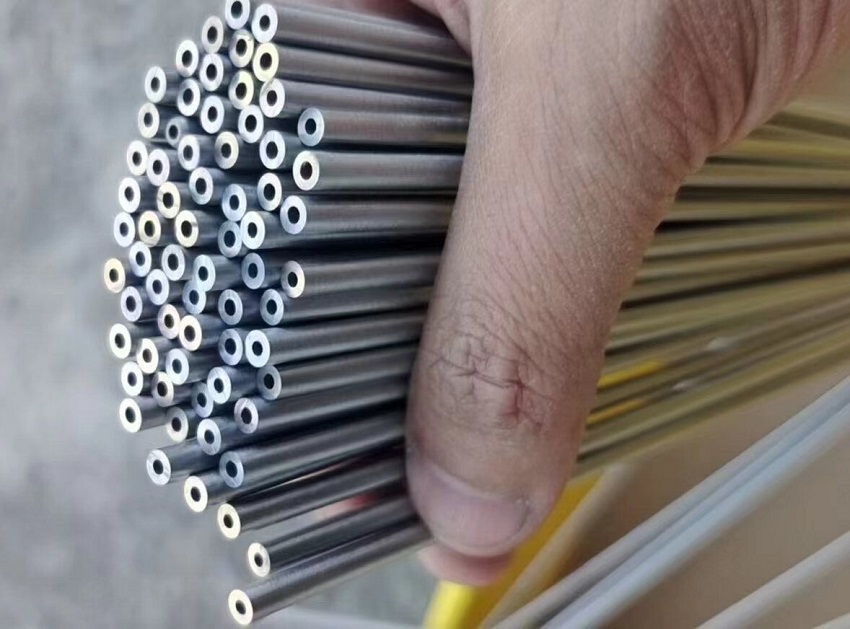NEWS CENTER
Whats the process of hydraulic tubing manufacturing?
Whats the Process of Hydraulic Tubing Manufacturing?
The manufacturing process of hydraulic tubing typically begins with the selection of raw materials, commonly steel or stainless steel, which are then formed into tubes through methods such as extrusion, rotary piercing, or hot rolling. These tubes are then cold drawn to achieve precise dimensions and surface finish. Next, they undergo various treatments like heat treatment to enhance strength and durability. Precision cutting and end forming are performed to meet specific requirements such as length and shape. Finally, the tubing undergoes rigorous testing for quality assurance before being packaged and distributed for use in hydraulic systems.
I. Hydraulic Tubings Raw Material Preparation
The primary raw material for hydraulic Tubings is steel pipes, and their material should meet national standards or customer requirements. Before manufacturing, the steel pipes undergo visual inspection, dimensional inspection, and chemical composition analysis to ensure the quality of the raw materials meets the requirements.
II. Hydraulic Tubings Steel Tube Processing
The processing of steel pipes is a critical step in hydraulic Tubing manufacturing, which includes the following key steps:
1. Cutting: The steel pipes are cut to the required lengths.
2. Bending: Depending on the design requirements of the hydraulic Tubing, the steel pipes are bent to achieve the desired shape.
3. Swaging: Swaging is performed at one end of the steel pipe to facilitate connection with other components.
4. Welding: Both ends of the steel pipe are welded to form a closed pipeline structure.
III. Hydraulic Tubings Surface Treatment
Surface treatment of hydraulic Tubings is primarily carried out to prevent corrosion and enhance the appearance quality. This process includes the following steps:
1. Acid Pickling: The steel pipes are immersed in an acidic solution to remove surface oxides and rust.
2. Phosphating: The steel pipes are immersed in a solution containing phosphate salts to create a phosphating film, improving corrosion resistance.
3. Painting: A layer of paint is applied to the surface of the steel pipes to enhance their appearance quality and corrosion resistance.
4. Galvanizing: Can be white zinc or colored galvanized.
IV. Hydraulic Tubings Assembly and Testing
After the manufacturing of hydraulic Tubings is completed, assembly and testing are carried out, involving the following steps:
1. Fitting Installation: Fittings are attached to both ends of the hydraulic Tubing for connection with other components.
2. Pressure Testing: The hydraulic Tubing is connected to testing equipment for pressure testing to ensure it meets pressure resistance requirements.
3. Leak Inspection: The hydraulic Tubing is connected to the hydraulic system for leak testing to ensure its sealing performance meets the requirements.
Hydraulic tubing manufacturing several precise steps to ensure the tubes can withstand high pressure and provide reliable performance in hydraulic systems.

Hydraulic Tubing
请输入搜索关键字
确定






